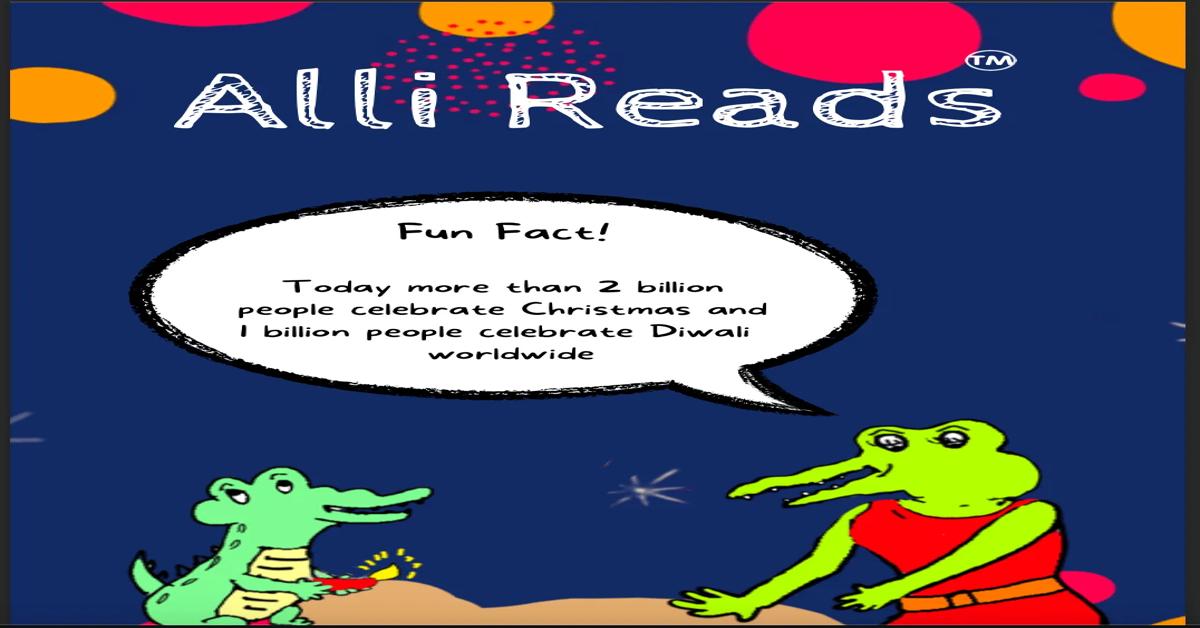Newspaper For Kids: Making News Fun and Educational
In today’s fast-paced digital world, children are constantly surrounded by screens, notifications, and entertainment options that often lack educational value. Amid all this noise, a unique and powerful tool has emerged to help young minds grow, explore, and stay informed—the Newspaper For Kids Unlike traditional newspapers that are geared toward adults, these special publications are designed specifically with children in mind, using age-appropriate language, engaging visuals, and carefully curated content. Whether it’s used in schools or read at home, a newspaper for kids plays a significant role in nurturing informed, thoughtful, and curious individuals.
Why Children Need Their Own Newspaper
Traditional news sources can often be overwhelming or inappropriate for younger audiences. The topics might be too complex, the language too advanced, or the content too negative. A Newspaper For Kids bridges this gap by offering a safe, educational, and entertaining alternative. These newspapers focus on a wide range of child-friendly topics including science, history, current events, environmental issues, and fun facts. They help spark curiosity while promoting critical thinking.
Moreover, newspapers tailored for children encourage reading habits. With colorful illustrations, puzzles, comics, and easy-to-understand articles, kids are more likely to engage with reading material. This habit not only improves their vocabulary and comprehension skills but also lays the groundwork for a lifelong love of learning.
Educational Benefits of a Newspaper For Kids
One of the greatest advantages of a Newspaper For Kids is its educational value. Children who read such newspapers regularly tend to develop better reading and writing skills compared to their peers. They learn how to process information, understand different viewpoints, and engage with global topics in a meaningful way.
Enhancing Literacy Skills
Reading a newspaper enhances a child’s literacy in multiple ways. It exposes them to new vocabulary, sentence structures, and writing styles. Over time, this exposure translates into improved grammar, comprehension, and even writing skills. Many educational programs now incorporate children’s newspapers as supplementary reading material to reinforce classroom learning.
Promoting Critical Thinking
A well-designed newspaper doesn’t just tell stories—it prompts kids to ask questions. What happened? Why did it happen? How does it affect others? By engaging with such questions, children begin to develop critical thinking skills. They learn to analyze events, form opinions, and understand the cause-and-effect relationships that govern the world.
Building Awareness and Empathy
Another essential benefit of a newspaper for kids is how it introduces young readers to the world around them. Children read about people from different cultures, backgrounds, and experiences. This exposure promotes empathy, understanding, and a global perspective—qualities that are crucial in today’s interconnected society.
What Makes a Good Newspaper For Kids?
Creating a newspaper for children involves more than just simplifying adult content. A high-quality Newspaper For Kids is thoughtfully crafted with the developmental needs of its audience in mind. Here are some key features:
Age-Appropriate Language
The language used must be simple yet effective. Articles should be easy to read and understand, with short paragraphs and clear explanations of complex terms. For younger readers, phonics-friendly words and visuals can aid in understanding.
Engaging Visuals and Layout
Kids are naturally drawn to bright colors and images. A well-designed layout with pictures, cartoons, and infographics can make reading more fun and less intimidating. This visual support also helps in explaining difficult concepts and retaining information.
Interactive Elements
Games, puzzles, quizzes, and “Did You Know?” sections make newspapers more interactive. These elements not only entertain but also reinforce learning by encouraging children to recall and apply what they’ve read.
Diverse Topics
A balanced mix of news stories, science discoveries, historical tales, cultural features, and environmental issues keeps the content fresh and exciting. By covering a wide range of topics, a newspaper can cater to various interests and encourage children to explore new areas of knowledge.
How Parents and Teachers Can Use Kids’ Newspapers
Both parents and educators can play a vital role in making the most of a Newspaper For Kids. At home, parents can set aside time each day for reading the newspaper with their children. This shared activity not only supports literacy but also strengthens the parent-child bond. Asking open-ended questions about what the child read can stimulate discussion and critical thinking.
In the classroom, teachers can use newspapers as tools for lessons in reading comprehension, writing, current affairs, and even ethics. Group discussions, projects, and debates based on newspaper articles can make learning more dynamic and meaningful.
The Role of Digital Media in Kids’ Newspapers
With the rise of technology, many children’s newspapers are now available online. This digital shift offers both advantages and challenges. On the positive side, digital editions can include interactive features such as videos, audio clips, and clickable quizzes. They can be easily updated and accessed from anywhere, making learning more flexible and engaging.
However, screen time must be managed carefully. Parents and educators should ensure that digital reading complements rather than replaces physical books and newspapers. Blending print and digital formats can provide a balanced approach to media consumption.
Creating Responsible Media Consumers
One of the long-term benefits of introducing children to a Newspaper For Kids is that it fosters media literacy. In a world flooded with information, it’s crucial that children learn to differentiate between reliable news and misinformation. Kids’ newspapers often include segments that teach how news is gathered, how sources are verified, and why it’s important to question what you read. These are essential skills that will help children navigate the digital world responsibly as they grow older.
Conclusion
In a time when children are bombarded with distractions and superficial content, a Newspaper For Kids stands out as a beacon of knowledge, curiosity, and inspiration. Whether in print or digital form, it serves as a powerful educational tool that goes beyond traditional learning. It cultivates not just literacy and academic skills, but also empathy, global awareness, and responsible citizenship. Encouraging children to read the newspaper regularly is a simple yet profound way to help them grow into informed and thoughtful individuals.
For parents and educators looking to provide meaningful reading material to the next generation, a well-crafted newspaper designed specifically for kids is an invaluable resource. By incorporating it into daily routines, we can empower our children to think critically, understand the world better, and, most importantly, stay curious.







